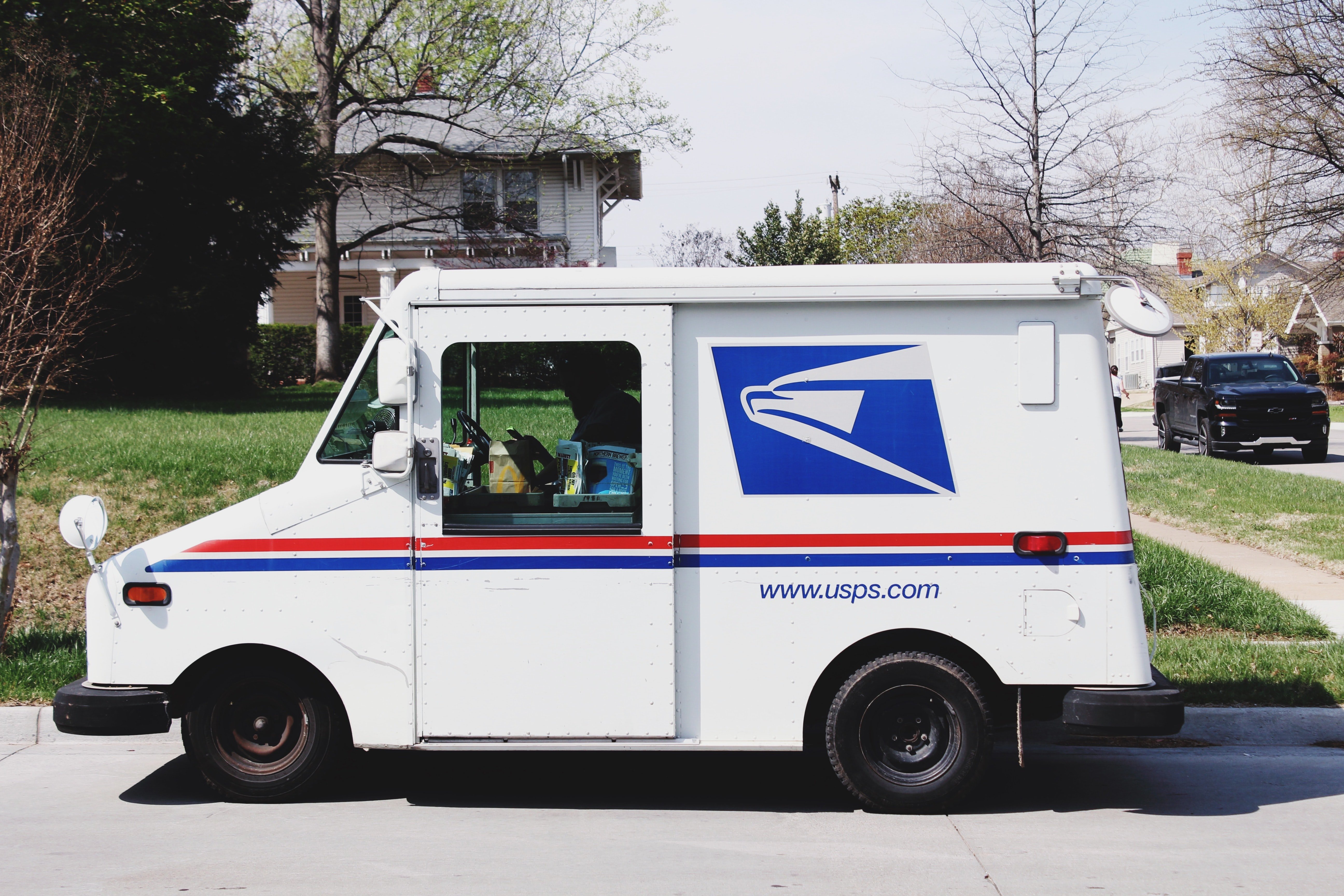
Your Guide to Creating Affiliate Programs That Work
Did you know that 16% of ecommerce sales are made through affiliate programs?
That's a huge chunk of business that you can get in on.
The problem for most e-com owners is just finding affiliate programs that work.
If you've been looking into affiliate sales but aren't sure how to make things work then read on. We're ready to introduce you to a whole new side of your business.
The Basics of Affiliate Sales
Affiliate sales are pretty simple: you pay someone else a commission to bring in converting customers.
While you're cutting into your profits it's actually not a bad idea for most business models.
Think about it: how much would it cost you to pay a social media expert, a professional SEO consultant, and hire out writers for your blog to ensure that people stay engaged and stick around the site?
Instead, a good affiliate program will have other people advertising your products for you. While they take a commission, they'll also be the ones taking the risk with new marketing techniques.
And plenty of people make their living just on affiliate sales. That means they're great at selling other people's products, especially since the average commission runs from 5% to 30%.
Physical products like those sold in ecommerce are almost always on the lower end of those percentages.
So, for a 5-10% hit you'll be able to outsource marketing... and you only pay if it works.
There's a reason why affiliate programs are used by most online retailers: they work. So why not make them work for you?
Affiliate Programs That Work
You'll need a few things to make sure that you have a functioning affiliate program for your storefront.
Some are essential to the process, the rest will make sure that you're able to make the most of your new associates.
Tracking Software
The first is some type of tracking. Most often this is done through redirected URLs which include the affiliate's personal identification.
There are many services out there that will take care of the tracking process for you and most of them work quite well.
Most will also handle payouts automatically once you've configured your marketing.
That's the basic idea. Software and a broker which will handle the backend can make your life a lot easier. This is especially true for stores which work with a high-volume where it may be impossible to manually track the affiliate links as they come in.
Provided Marketing Materials
There's a reason that many affiliate programs fail however: they think the whole process is fire-and-forget.
That's simply not the case.
You'll also need to provide your affiliates with information and promotional materials for their use. After all, the affiliate's job is to get people on your landing page.
So, you'll need to make sure you have great copy in place already. Your affiliate can be the best salesman in the world but if you can't sell your own products... well, you'll be in trouble and not many affiliates will stick around.
They make their living off of your conversion rate after all.
Spend some time setting things up before you even consider moving into affiliate sales. This may involve time or money depending on whether or not you're willing to outsource the copy and landing page design but when all is said and done it's money well spent in most cases.
Affiliate Interaction
The other key is to stay in close touch with your affiliates. The best will have plenty of questions about your products to help them make the sale. Answering these questions will make you stand out in a sea of other affiliates.
No matter how mundane the product, chances are someone will work on selling it for you.
Affiliate interaction works both ways: if an affiliate who's moving a lot of your product makes a suggestion about your provided marketing materials then you'll want to take it into account.
Remember, your affiliates are likely selling many products other than your own. A top-notch affiliate is a top-notch marketer across the board. They know the business.
Two-way communication can turn a mediocre affiliate program into one which really shines.
Keeping Track of Costs
When you're running an affiliate program for your store you'll need to keep close track of your costs. A higher commission may attract more affiliates, and more sales overall but you should be looking at net revenue instead of simply the number of sales you're making.
Calculating your cost-per-conversion is a little bit more complicated than just deducting the revenue percentage your affiliate marketers are taking.
How much are you spending on marketing materials? How much time are you corresponding with affiliates?
Take all of these into account while you're calculating costs. In all honesty, it's pretty hard to run an affiliate program at a loss but it's certainly possible to cut into your overall revenue while still moving more units than you would on your own.
Management of the costs involved is usually as simple as tweaking commissions but it should be at the back of your mind while managing your affiliates.
Ready to Boost Your Sales?
An affiliate program can be a big winner for your business. It's all a matter of producing an affiliate program that works.
As long as you take into account all of the above you'll be fine. But are you ready for the new influx of orders?
Managing orders and keeping down shipping costs can be difficult, especially as your business begins to really take off. Check out our features and see what SmartShyp can do for you.







.svg)